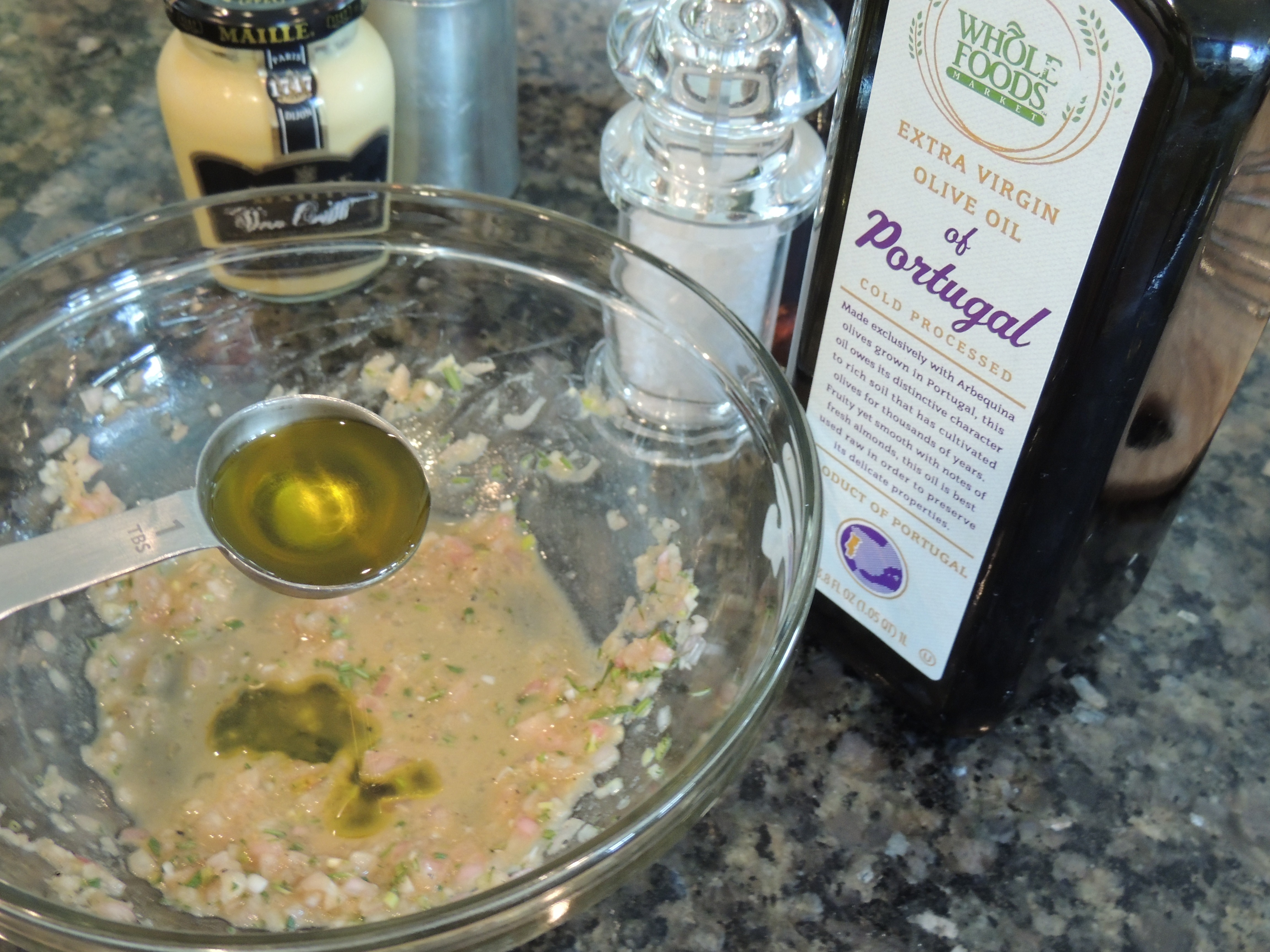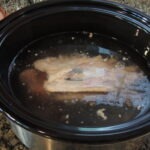
Making your own vinaigrette is a must in our book! It’s easy and inexpensive, which is perfect for a Finite Foodie. Today, we’re sharing some of our favorite vinaigrette recipes below, but first we’d like to answer the age old question…
WHAT IS A VINAIGRETTE?
The word “vinaigrette” comes from the French word for vinegar: vinaigre. A vinaigrette is simply a dressing made with oil, vinegar and seasonings. Each type of vinegar and oil has its own flavor profile, which means you might want several types of each.
Balsamic vinegar can be tart, or sweet and syrupy; champagne (or white wine) vinegar is light and delicate; red wine vinegar is used on Greek and Italian salads and in many pasta dishes; Asian rice wine vinegar is mild and lightly sweetened; apple cider vinegar boasts numerous health benefits, but it’s really sour; and finally, distilled white vinegar should never be used for salad dressings, although it’s great for cleaning your floors! As you can see, the vinegar you choose makes a big difference.
Now let’s talk about oil. Some are rich and flavorful, like extra virgin olive oil, while others like canola oil have very little flavor. For an Asian twist, peanut or sesame oil works well. Are you nuts over nuts? Try walnut or macadamia nut oil. If you’re a health nut you might prefer avocado oil.
In our recipes, we are mostly going with the assumption that you only have one type of oil and one type of vinegar in your pantry. The reason we recommend refined (or light) olive oil is because it’s the most versatile, if you only plan to purchase one. You can cook with it and use it in salad dressings. On the other hand, light olive oil doesn’t have the full flavor and health benefits of extra-virgin olive oil (EVOO), which is why we still suggest that you buy at least a small bottle of EVOO to have on hand for use in dressings and on pasta.
You might want to slightly adjust the ratio of the oil to vinegar as well as the seasonings, to suit your taste preferences, and that’s fine. In fact, that’s what chef’s do! Sometimes, a pinch or two of sugar will balance the tart flavors, but we try to avoid using sugar as much as possible. Still, it’s a good trick to know, especially if you are not a fan of lip-puckering salad dressings.
Some of our recipes will state a preference for the vinegar, although you can always substitute what you have in your pantry. Just taste it and adjust accordingly. However, we believe it won’t be long before you collect an assortment of oil and vinegar, which will open up the door to creating tasty vinaigrettes that will turn average salads into excellent ones.
Our Basic Vinaigrette can be thrown together quickly, but still tastes great on just about any salad. Use this recipe and switch up the vinegar to create a balsamic vinaigrette, champagne vinaigrette, etc.
French Vinaigrette is a classic that’s always a winner! It’s delicious mixed with simple salad greens or drizzled over roasted or steamed asparagus, for example. Also see our recipe for Asparagus with Eggs Mimosa.
Alternate, lazy way to prepare: Put everything in a mason jar and shake until blended.(Vinaigrette is creamier and smoother-tasting when whisked gently to emulsify as indicated in our recipes, but to save a little time and effort, you can use the lazy way.)
Sneaky trick: Blend in 1/2 teaspoon mayonnaise before whisking in the oil. This helps to emulsify the oil and keep it from separating.

